The KA 26 helicopter has a rich history dating back to the mid-20th century. Its origins can be traced to the Soviet Union in the 1950s, a period marked by a growing demand for versatile and reliable helicopters.
The Kamov Design Bureau, a prominent Russian aerospace engineering firm, led the design and development of the KA 26.
Contents
The primary objective of the project was to create a multi-purpose helicopter capable of serving various applications, including agricultural, military, and civilian use.
The KA 26 helicopter made its debut in 1965 and quickly earned a reputation for its exceptional performance and reliability.
Its distinctive coaxial rotor design, featuring two sets of rotors mounted one above the other, distinguished it from other helicopters of its time.
The innovative design of the KA 26 helicopter allowed it to excel in maneuverability and stability, making it suitable for a variety of tasks.
Its early success contributed to further advancements in helicopter technology and solidified its place in aviation history.

The Russian two-seater reconnaissance and attack helicopter Ka-52 “Alligator” is an evolution of the single-seater Ka-50 “Black Shark”.

The Development and Design of the KA 26 Helicopter
The development and design of the KA 26 helicopter were a result of extensive research and testing by the Kamov Design Bureau.
The engineers and designers at Kamov were tasked with creating a helicopter that could meet the diverse needs of both military and civilian users.
The result was a compact and versatile aircraft that could be easily adapted for different missions, from crop dusting to search and rescue operations.
One of the most distinctive features of the KA 26 helicopter is its coaxial rotor system, which consists of two sets of rotors mounted on top of each other.
This design provides several advantages, including improved lift efficiency, reduced vibration, and enhanced maneuverability.
The compact size of the KA 26 also made it well-suited for operations in confined spaces, such as agricultural fields or urban environments.
The helicopter’s rugged construction and powerful engine further enhanced its capabilities, making it a popular choice for a wide range of applications.
Its durability and strength allowed it to operate in challenging environments, such as search and rescue missions, military operations, and offshore transportation.
Additionally, its powerful engine enabled it to carry heavy loads and travel long distances, making it an ideal choice for tasks such as firefighting, construction, and medical evacuation.
Overall, the helicopter’s versatility and reliability have solidified its position as a go-to aircraft for various industries and missions.
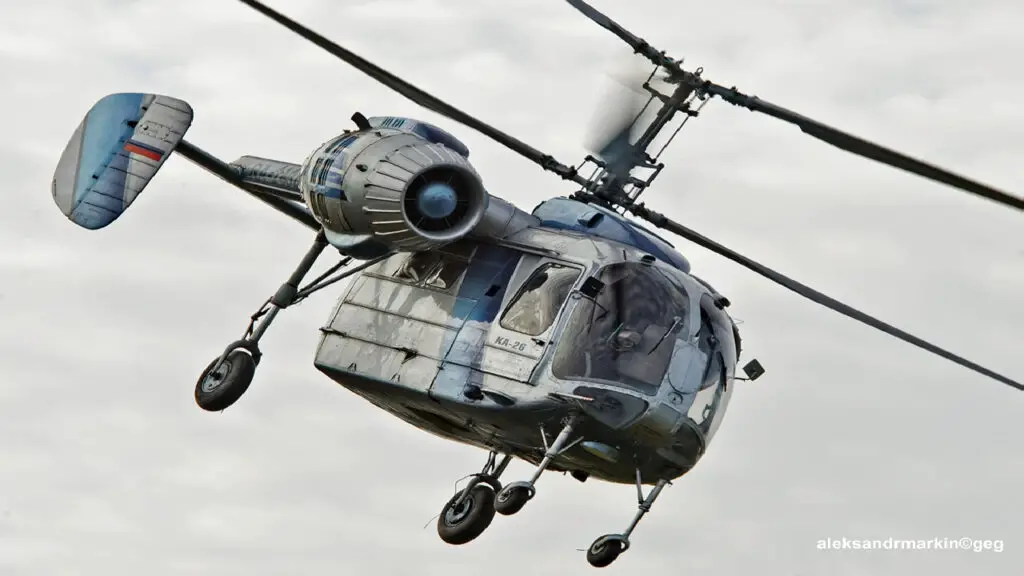
The KA 26 Helicopter in Military and Civilian Applications
The KA 26 helicopter has been widely used in both military and civilian applications since its introduction.
In the military sector, the KA 26 has been utilized for various roles, including troop transport, reconnaissance, and medical evacuation.
The helicopter’s versatility and resilience make it an essential tool for military operations in various terrains and climates.
Its capability to navigate through difficult environments and withstand harsh weather conditions has proven to be crucial for military forces in carrying out their missions effectively.
Whether conducting search and rescue missions, troop transport, or combat operations, the helicopter’s ability to operate in challenging conditions has made it a highly valued asset for military forces globally..
In addition to its military use, the KA 26 has also found success in civilian applications, particularly in agriculture and forestry.
One of the most common civilian uses of the KA 26 helicopter is in agricultural operations, where it is used for crop dusting and aerial spraying.
The KA 26’s compact size and maneuverability make it ideal for navigating through fields and applying pesticides or fertilizers with precision.
Its versatility is further demonstrated by its use in firefighting, aerial photography, and utility work, showcasing its adaptability in various civilian roles.
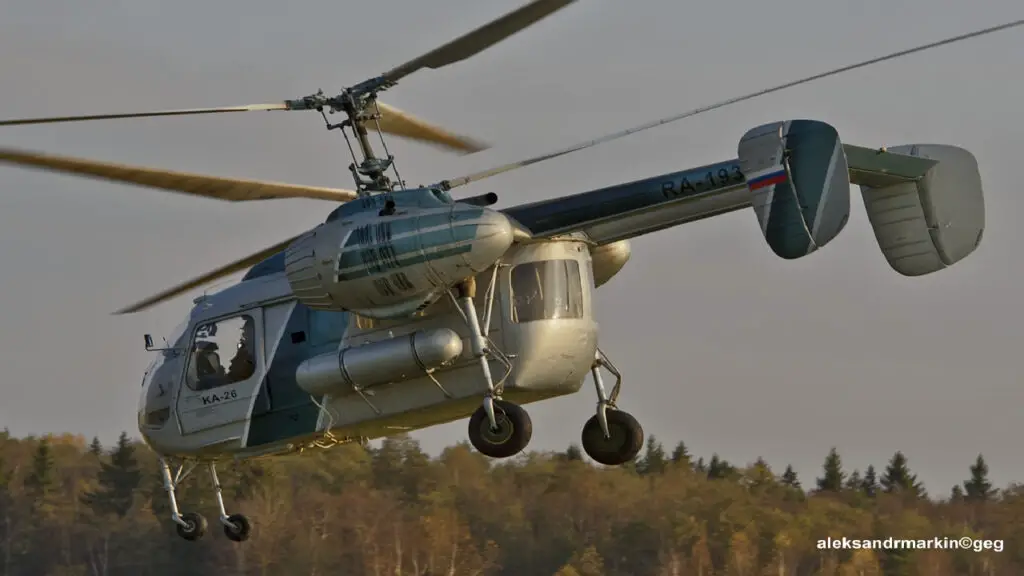
Technological Advancements and Upgrades of the KA 26 Helicopter
Over the years, the KA 26 helicopter has undergone several technological advancements and upgrades to improve its performance and capabilities.
One of the most significant upgrades was the introduction of more powerful engines, which increased the helicopter’s payload capacity and operational range.
The addition of advanced avionics systems and navigation equipment also enhanced the KA 26’s safety and operational efficiency.
In addition to these upgrades, the KA 26 has also seen improvements in its rotor system and aerodynamics, resulting in better lift performance and reduced fuel consumption.
These advancements have allowed the KA 26 to remain competitive in an ever-evolving aviation industry and continue to meet the demands of modern users.
These upgrades may include improvements to the helicopter’s avionics, engine performance, and safety features.
Additionally, advancements in materials and manufacturing processes may allow for the development of a more efficient and durable airframe.
As the demand for helicopters in industries such as agriculture, forestry, and emergency services continues to grow, the KA 26 will need to adapt to meet the evolving needs of its users.
By incorporating the latest technological innovations, the KA 26 helicopter can remain a valuable asset for a wide range of applications.
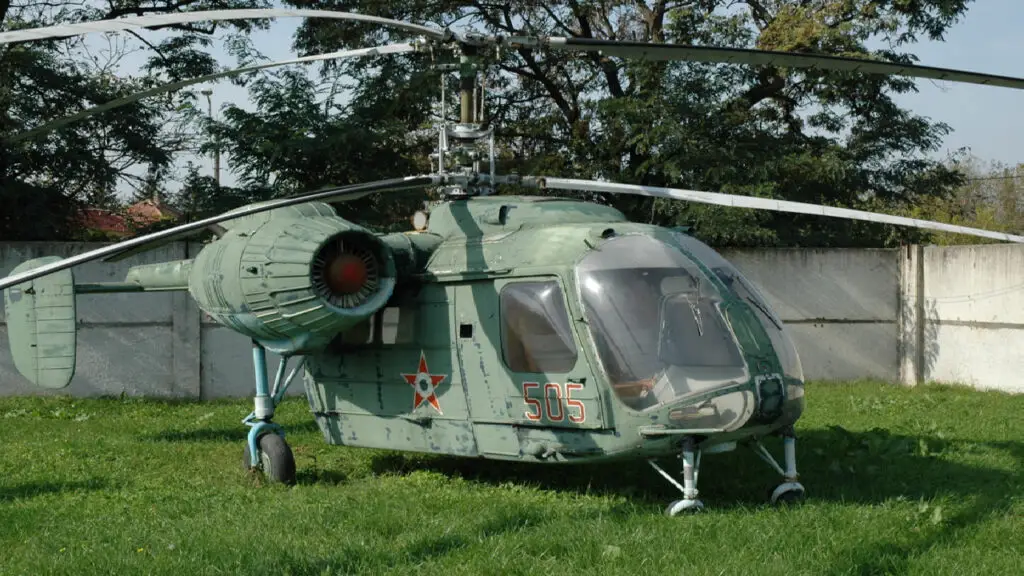
The KA 26 Helicopter’s Role in Aviation History
The KA 26 helicopter has played a significant role in aviation history, particularly in its contribution to the development of helicopter technology.
Its unique coaxial rotor design has influenced the design of subsequent helicopters, leading to advancements in maneuverability and stability.
The success of the KA 26 also demonstrated the potential for helicopters to be used in a wide range of applications beyond traditional military roles.
The versatility and reliability of the KA 26 have made it a popular choice for operators around the world, further cementing its place in aviation history.
Its impact on agricultural operations, search and rescue missions, and other civilian applications has been profound, demonstrating the important role that helicopters play in modern society.
The KA 26 helicopter has left a lasting impact on the aviation industry, and its legacy will serve as a source of inspiration for future generations of aircraft designers and engineers.
As aviation technology continues to advance, the innovative design and capabilities of the KA 26 will continue to influence and shape the development of new aircraft.
Its contributions to the field of aviation will be remembered and celebrated as a testament to the ingenuity and creativity of those who worked on this remarkable helicopter.
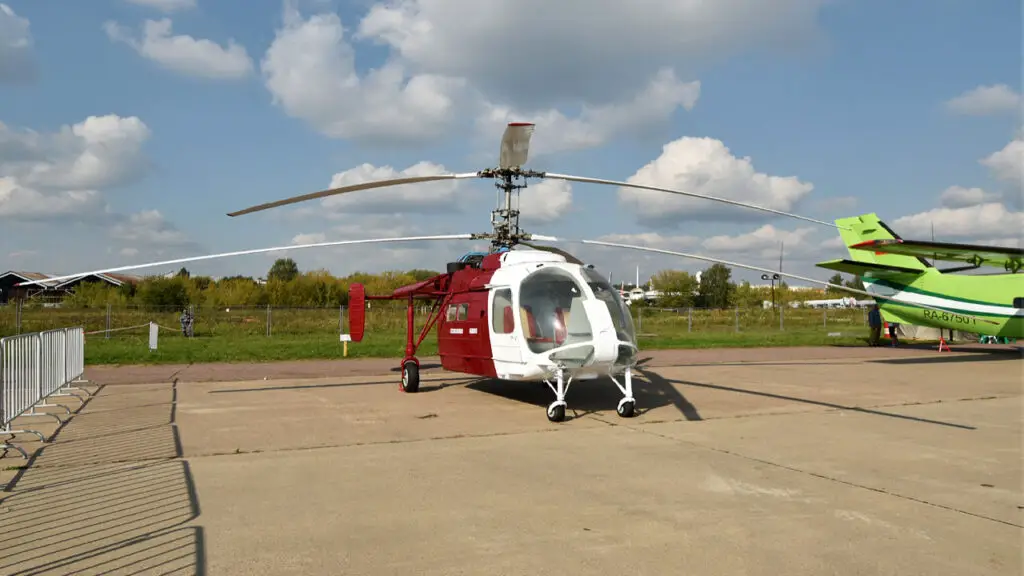
Notable Events and Achievements of the KA 26 Helicopter
Throughout its history, the KA 26 helicopter has been involved in numerous notable events and achievements that have showcased its capabilities and versatility.
One such event was its use in agricultural operations, where it revolutionized crop dusting and aerial spraying techniques.
The KA 26’s precision navigation capabilities and efficient application of pesticides and fertilizers have revolutionized modern agriculture.
Its ability to navigate through fields with precision ensures that the chemicals are applied exactly where they are needed, minimizing waste and maximizing effectiveness.
This has led to increased crop yields and more sustainable farming practices, making the KA 26 an invaluable tool for farmers around the world.
The KA 26 has also been involved in various search and rescue missions, demonstrating its value in emergency response operations.
Its ability to operate in challenging terrain and adverse weather conditions has made it an invaluable asset for saving lives and providing critical support during natural disasters.
Additionally, the KA 26’s use in military operations has further highlighted its capabilities, including troop transport, reconnaissance, and medical evacuation.
The KA 26’s reputation as a reliable and versatile helicopter with a wide range of applications has been solidified by its notable events and achievements.
Its performance in various missions, such as aerial photography, agricultural spraying, and utility transport, has demonstrated its adaptability and dependability.
The KA 26 has proven to be a valuable asset in industries such as agriculture, forestry, and emergency services, further establishing its reputation as a trusted and efficient aircraft.
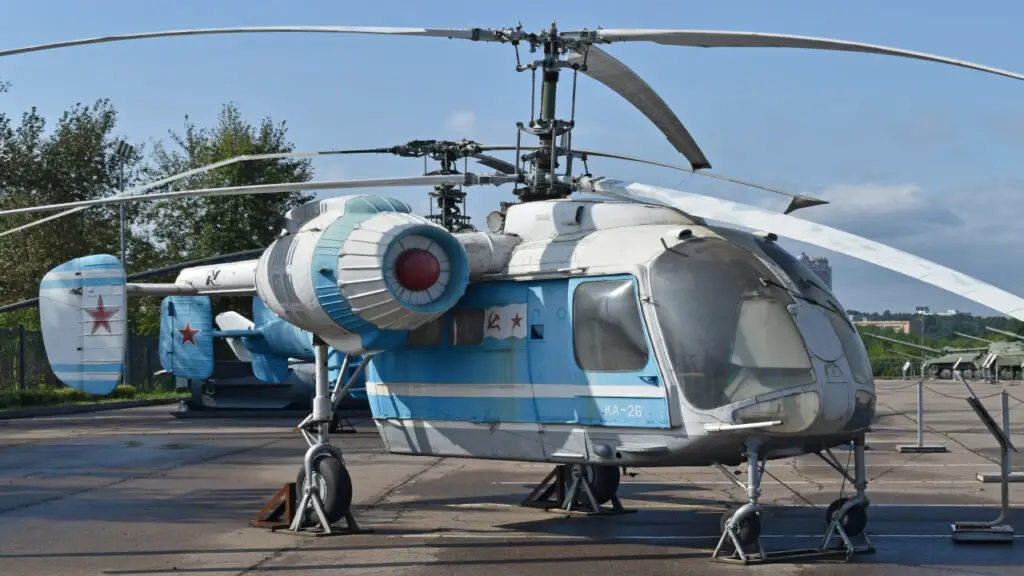
Conclusion
As one of the most iconic helicopters in aviation history, the legacy of the KA 26 is firmly established. Its innovative design, exceptional performance, and versatility have left an indelible mark on the aviation industry.
While newer helicopter models have since been introduced, the legacy of the KA 26 continues to inspire future generations of aircraft designers and engineers.
Looking ahead, the future of the KA 26 helicopter remains promising as it continues to be used in various military and civilian applications around the world.
With ongoing technological advancements and upgrades, the KA 26 is expected to remain relevant and effective for years to come.
Its legacy as a pioneering helicopter with a wide range of capabilities ensures that it will continue to be a valuable asset for operators across different industries.
The KA 26 will always be remembered as a pioneering aircraft that made significant contributions to the development of aviation technology.
Its legacy will endure as a testament to its enduring impact on aviation history, serving as a symbol of innovation and progress in the field of aviation.
The KA 26’s influence will continue to be felt as aviation technology continues to evolve, inspiring future generations of aircraft designers and engineers.

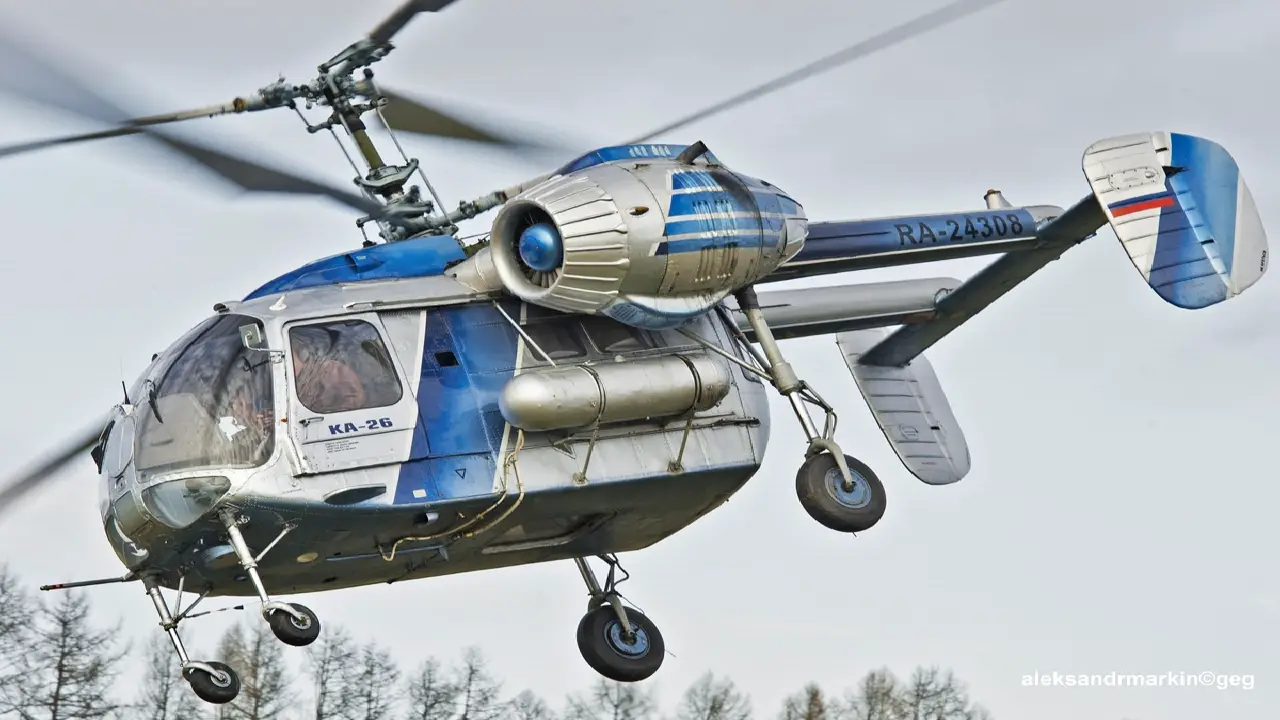
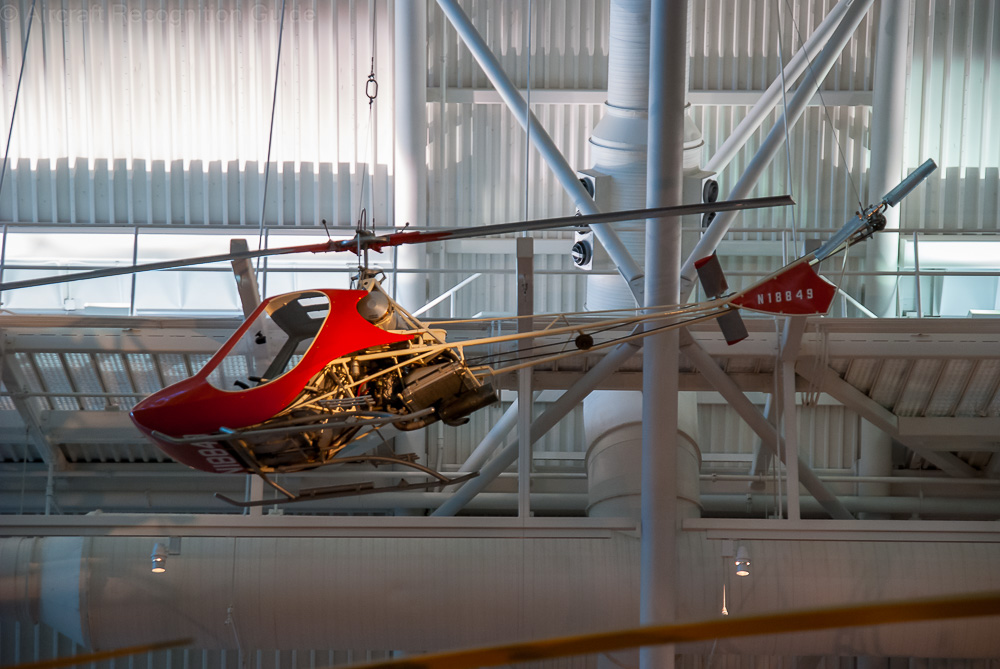


Leave a Reply